Continuing this week’s conversation on Getty Voices about rethinking art history, art historian Nuria Rodríguez Ortega (a participant in this week’s Digital Art History Lab) argues that we must reestablish digital art history on a new ground, both adapting the field to the new Web landscape and broadening its scope to include the full spectrum of human attempts to make meaning of art.
![Google Image Search result for Mona Lisa Google Image Search result for Mona Lisa]()
But is it art history? Google Image Search result for “Mona Lisa”
Murtha Baca’s lucid and engaging post on The Iris yesterday raises important questions about what digital art history is/can/should be, and why art history seems to be lagging behind the other disciplines that have embraced the broad field of study we’ve been calling “digital humanities” since the end of the 1990s.
Let’s take a glance back: In 2001, scholars Willard McCarty and Harold Short envisioned the field of digital humanities like this. As you can see, there isn’t a trace of art history in the diagram. In 2004, Geoffrey Rockwell revised it like so; art is present, but not art history proper. Willard and Harold’s revised diagram—which Willard kindly shared for this post, noting that it needs a fundamental rethink—shows art and art history floating on the far-right edge of the humanities.
![Diagramming the methodological commons (simplified version) Diagramming the methodological commons (simplified version)]()
Diagramming the methodological commons. Courtesy of Willard McCarty and Harald Short
In 2004, the book Companion to Digital Humanities, edited by Susan Schreibman, Ray Siemens, and John Unsworth, dedicated only a brief chapter to art history. And a review of the annual conferences held by the Alliance of Digital Humanities Organizations (ADHO)—which can be considered the leading international Digital Humanities conference—reveals that presentations related to specific issues of artistic culture and art history represent only a small fraction—and this includes the most recent conference, held in Hamburg in July 2012. Another interesting example: in Spain, an Association of Hispanic Digital Humanities (HDH), of which I am a member, was recently established. But the entire executive board is made up of linguists and philologists.
In short, the general impression of the digital humanities today is of a field dominated by projects dealing with literature, linguistics, philology, textual studies, and so on. We art historians are light years away from this—we aren’t even part of the discussion.
I would like to pose the following question to my fellow participants in the Digital Art History Lab taking place at the Getty this week: Is it possible that we are focusing on the wrong things? If we take a look back and try to reconstruct the history of the convergence of art history, artistic culture, and computer technology, independently of what has come to be known as the digital humanities, we find a rich trajectory of precedents, full of initiatives, projects, and experiments—perhaps with fewer theoretical developments and critical reflections, but replete with examples of projects that, using the most advanced technologies of the time, paved the way toward better access, analysis, and understanding of art and its manifestations.
The Getty has always been at the forefront of these developments. The Getty Information Institute (GII), which I had the privilege to know directly in 1998 when I was a graduate intern in the Getty Vocabulary Program, was a paradigmatic example of leadership and innovation in this field during the 1980s and 1990s; fortunately, its legacy lives on in the Getty Research Institute, which absorbed several of the GII programs and three key players (Murtha Baca, Patricia Harpring, and Joe Shubitowski) when that entity was dissolved in 1999.
Another key organization has been CHArt (Computers and the History of Art), founded in London in 1985. We are fortunate to have Anna Bentkowska-Kafel, one of the most active and influential members of CHArt, here at the Getty this week for the Digital Art History lab. From its very inception, CHArt has had an expanded vision of Digital Art History, including not only strictly academic art-historical projects or initiatives related to access to data, but also everything related to artistic practice and visual culture. I believe that this is the kind of broad vision that we should have if we want to “re-establish” digital art history at this moment in time.
And we must not forget museums. Museums are an integral part of the world of art—they construct narratives and historical discourses; providing access to art is their core mission. In the age of the Internet, museums have been able to make their collections known to untold numbers of virtual visitors whom they could never have reached before. As early as 1968, the Metropolitan Museum of Art, in collaboration with IBM, organized a conference entitled Computers and Their Potential Application in Museums. For decades, museums have been using digital technology—and increasingly, Web 2.0 and social media tools like Facebook, Twitter, Pinterest, and YouTube—to reach a vast number of virtual users.
I believe that the “lag” in art history in relation to the digital age only becomes evident when we compare it to what is going on in the broader field of digital humanities, but not when we think of it as a line of research and a practice that has been developing in a parallel and almost autonomous way since the 1980s. In other words, digital art history and what we call digital humanities have had independent histories; each one has developed in function of the interests and problems related to the specific conditions of each discipline. It is certain that, while art historians have only relatively recently begun to value quantitative analysis, lexical metrics, and computational linguistics tools, these kinds of tools have been used for decades in fields like linguistics and the social sciences. However, the creative and innovative uses that museums have been making of social media tools has yet to be extensively exploited in digital library resources that are primarily textual in nature.
Where am I going with all this?
In the first place, as I mentioned above, I believe that we are in the midst of a “re-establishment”—not the beginning—of digital art history, in which, obviously, we have to take into account the specifics of our time: the new knowledge economy, new technical tools, and the changes brought about by the evolution of the Web, which has become an enormous data warehouse waiting for us to analyze it.
In the second place, I think that digital art history, without losing its ties to the digital humanities, needs to establish itself in accordance with its own idiosyncrasies, basing itself on the preceding decades of research, analysis, and exploration, which should in no way be devalued in comparison with the digital humanities.
In the third place, I believe that it is crucial that we focus our attention on the specific epistemological and methodological problems of our discipline, and that we include not only academic art history but also museums, art publications, art criticism, artistic creation, the reception of works of art by the public, and so on, under the rubric of digital art history.
The barriers related to infrastructure (or the lack thereof), the conservative mentality of scholars, the rigidity of the traditional academic system, the sustainability (or lack thereof) of projects, the prevalence of “the Saint Augustine Syndrome”—to use Murtha Baca’s very appropriate metaphor—are shared by all of the disciplines of the digital humanities. My Spanish colleagues in the fields of literature, linguistics, and philosophy are dealing with the same issues and problems as I am as an art historian. And here is where we should join forces.
In 2005, Will Vaughan in Digital Art History, which can be considered the first book to critically approach the problem of the existence of digital art history, defined this field as “a new kind of intellectual fusion.” This notion, which I have cited innumerable times, took on a new dimension when I read the introduction to the recent book Digital Humanities by Anne Burdick, Johanna Drucker, Peter Lunenfeld, Todd Presner, and Jeffrey Schnapp (MIT Press, 2012), which is available as an open-access PDF as well as in print form. In this book, the authors posit the field of digital humanities as a new way to produce knowledge based on the use of new research methodologies derived from the potential of computational linguistics and digital media, in which interdisciplinarity and transdisciplinarity become the essential nucleus: computation, design, visualizations, visual culture, data processing, statistical analysis, geospatial tools—they all converge, breaking down conventional borders between the various disciplines. In fact, one of the challenges of digital art history should be to use these methodologies shared with other disciplines for its own epistemological benefit.
So how can a project distinguish itself as digital art history in a scenario where methods, technologies, visualizations, and platforms are shared among various disciplines? From my point of view, the key is in the objectives and intellectual paradigms at the heart of art historical research. And this is why I firmly believe that what I am calling the “re-establishment” of digital art history presents us with an overarching task: to paraphrase Donald Preziozi, we need to “rethink art history” all the way back to its conceptual foundations.


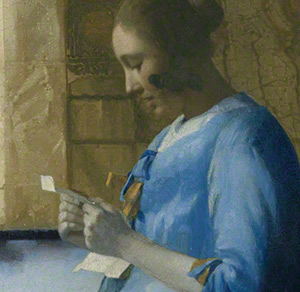






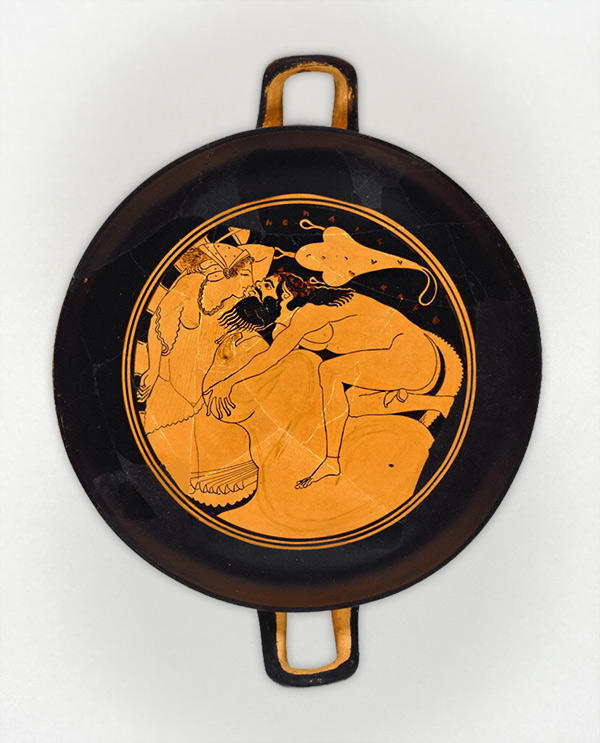


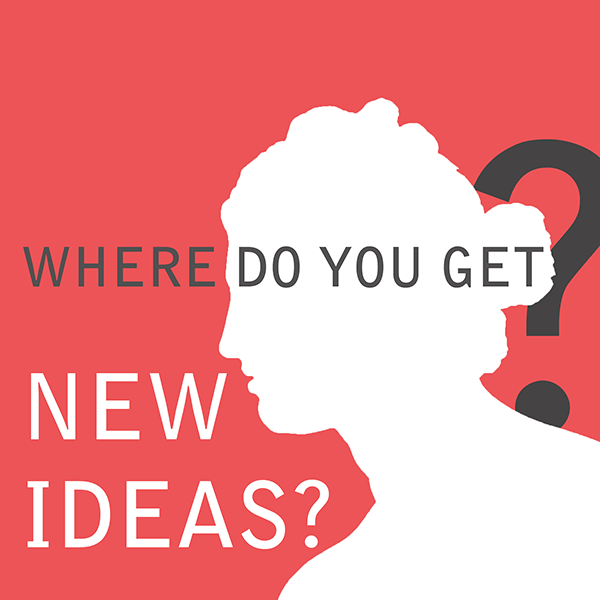
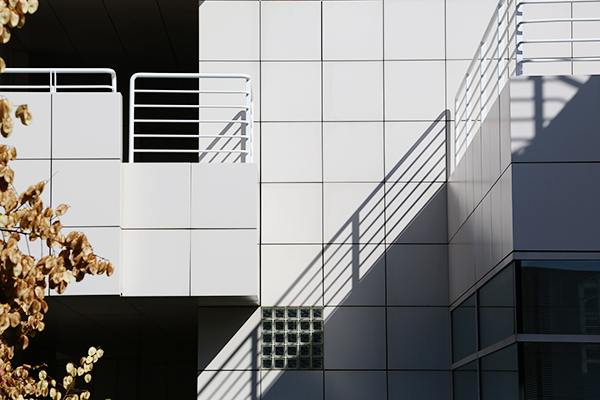
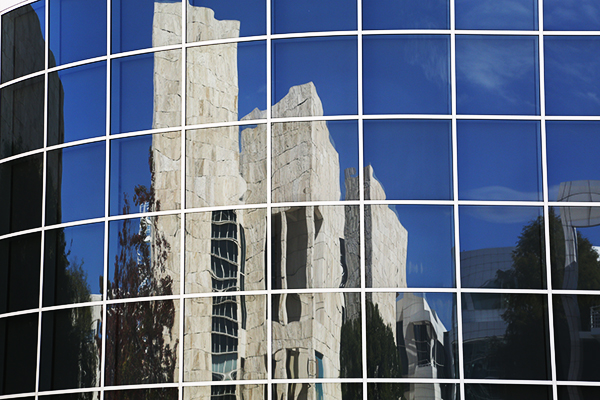
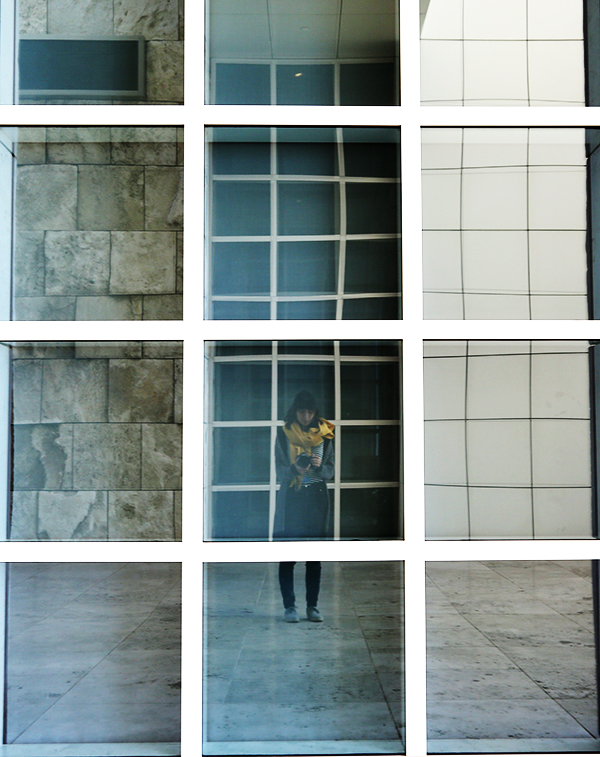
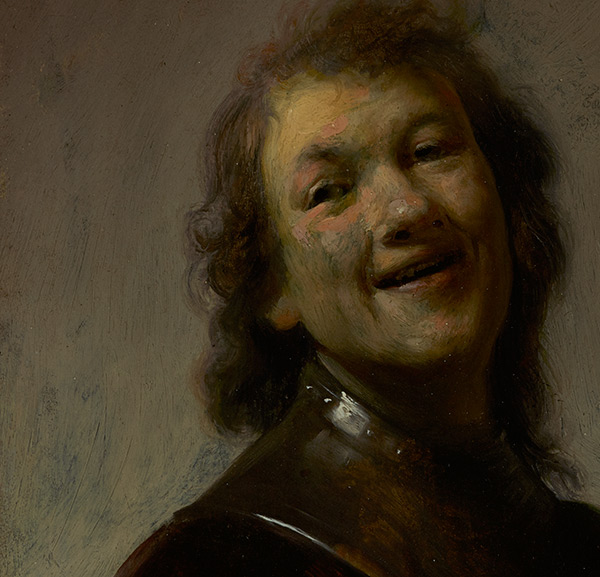



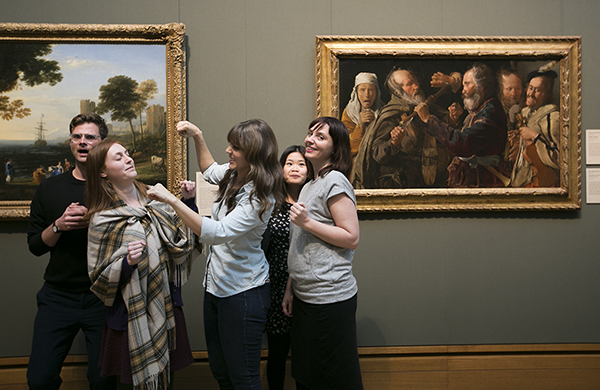

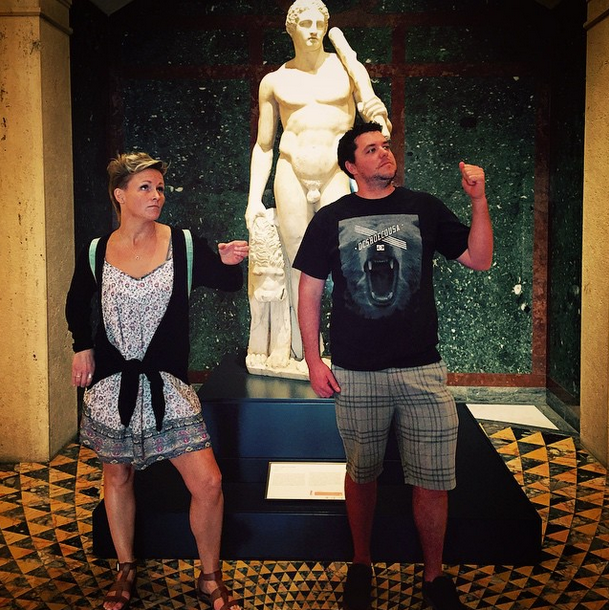
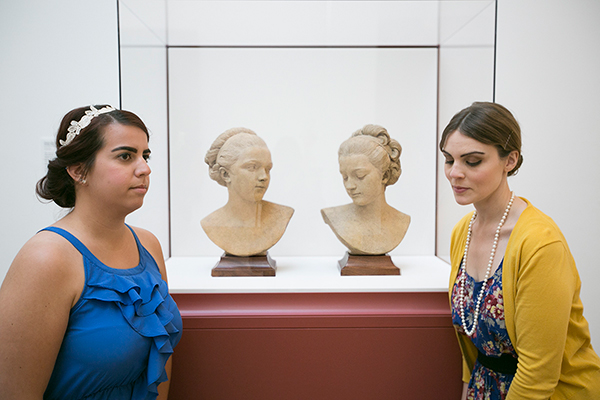
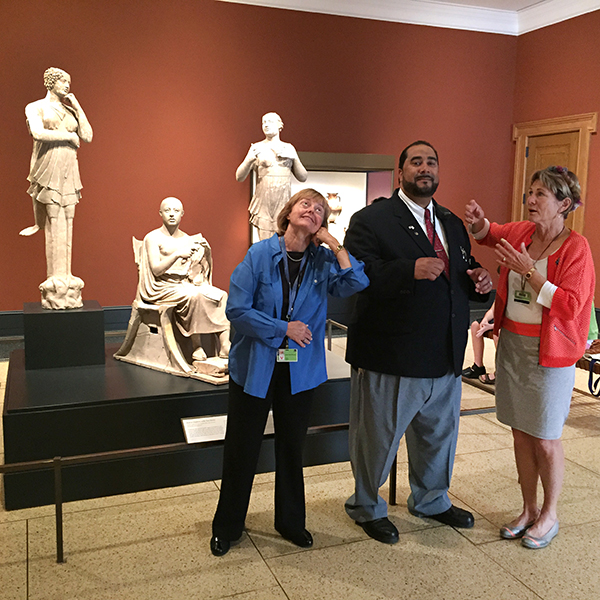



 How I got here: I studied both art history and design as an undergraduate. Although I loved both disciplines, I thought I’d have to choose between them. While looking for a summer internship, I saw an opportunity in an exhibition design department at an art museum. Even though I visited museums often, I’d never thought about designing galleries or exhibits as a “job.” That internship at the Smithsonian Institution became the first of many opportunities in museums that have prepared me for the position I have today, and a no-compromise career combining what I love.
How I got here: I studied both art history and design as an undergraduate. Although I loved both disciplines, I thought I’d have to choose between them. While looking for a summer internship, I saw an opportunity in an exhibition design department at an art museum. Even though I visited museums often, I’d never thought about designing galleries or exhibits as a “job.” That internship at the Smithsonian Institution became the first of many opportunities in museums that have prepared me for the position I have today, and a no-compromise career combining what I love. How I got here: After graduating from UC Berkeley with a degree in journalism, I knew I wanted to continue to tell stories around the arts, particularly in Los Angeles where I was born. I was an arts writer for my college newspaper and fell in love with photography and videography as a graduate student. As a media producer at the Getty, I’m able to use all these different mediums to tell a story online.
How I got here: After graduating from UC Berkeley with a degree in journalism, I knew I wanted to continue to tell stories around the arts, particularly in Los Angeles where I was born. I was an arts writer for my college newspaper and fell in love with photography and videography as a graduate student. As a media producer at the Getty, I’m able to use all these different mediums to tell a story online. How I got here: Originally from Detroit, I joined the U.S. Marine Corps immediately after high school in 1988. A veteran of the first gulf war, I was based at Marine Corps Air Ground Combat Center in 29 Palms, California. We trained in jungles, deserts, and mountains from Panama to Oman.
How I got here: Originally from Detroit, I joined the U.S. Marine Corps immediately after high school in 1988. A veteran of the first gulf war, I was based at Marine Corps Air Ground Combat Center in 29 Palms, California. We trained in jungles, deserts, and mountains from Panama to Oman.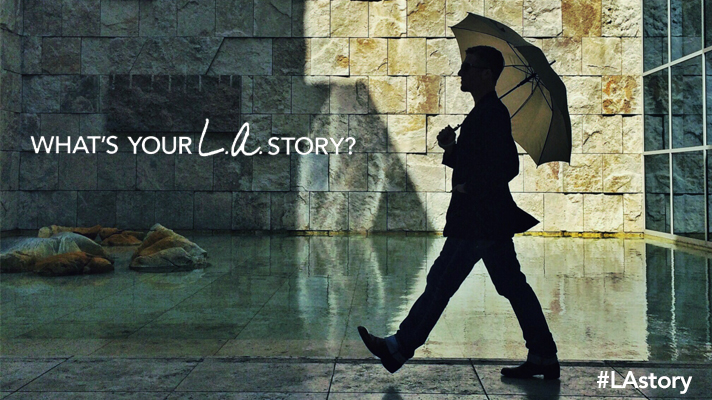








 2:00–2:30 pm—Jeffrey Weaver, Getty Museum, Sculpture and Decorative Arts
2:00–2:30 pm—Jeffrey Weaver, Getty Museum, Sculpture and Decorative Arts











